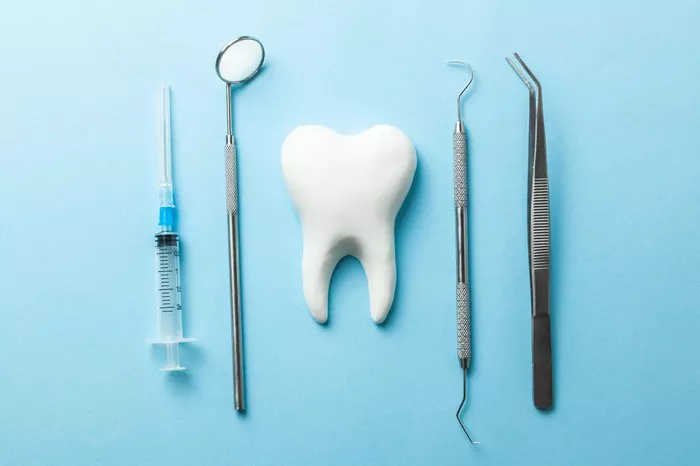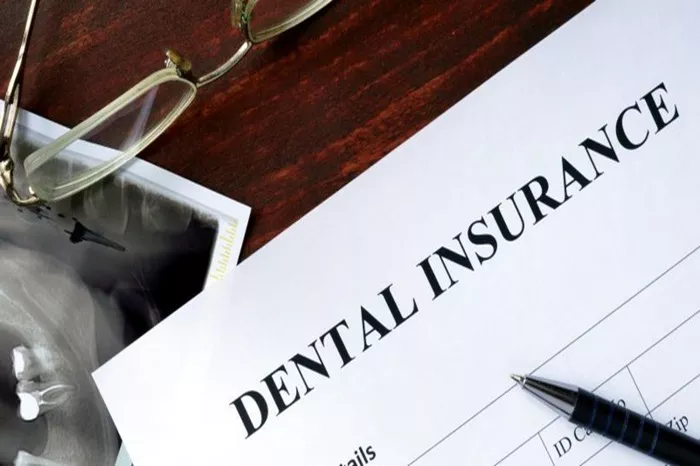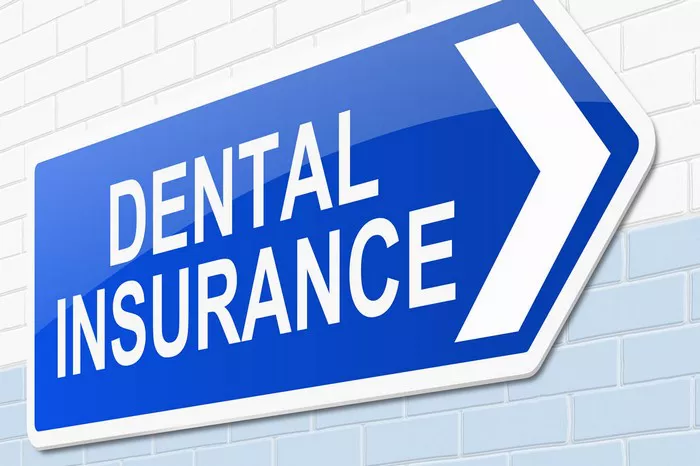When exploring dental insurance options, you may come across the term “indemnity.” To fully grasp its implications in the realm of dental care, it’s essential to first understand the broader concept of indemnity in insurance.
What Is Indemnity?
Indemnity in insurance refers to a principle where the insurer compensates the insured for losses or damages incurred. This principle ensures that the insured is restored to their original financial position prior to the loss.
The Role of Indemnity in Dental Insurance
In the context of dental insurance, indemnity refers to the type of plan that allows for more flexibility in choosing dental care providers. With an indemnity dental insurance plan, policyholders can visit any dentist they choose, without needing referrals or pre-authorizations.
Key Characteristics of Indemnity Dental Insurance Plans
Freedom of Choice
A major advantage of indemnity dental insurance is the freedom to select any dentist or specialist without being confined to a network. This flexibility is particularly valuable for individuals who wish to continue care with their current dental provider or seek specialists outside of a network.
Reimbursement Model
Indemnity dental insurance operates on a reimbursement model. Policyholders initially pay for dental services out of pocket and then submit a claim to the insurance company for reimbursement. This model requires patients to manage their expenses upfront but provides greater flexibility in choosing providers.
Fee-for-Service Structure
Typically, indemnity plans use a fee-for-service structure. This means the insurance company covers a portion of the billed charges based on the plan’s benefits and terms. The specific amount reimbursed is determined by the fee schedule or the usual, customary, and reasonable (UCR) rates for the region.
How Indemnity Dental Insurance Works
Payment Process
When receiving dental care under an indemnity plan, the patient is responsible for paying the full amount directly to the dentist. After the payment is made, the patient submits a claim form to the insurance company for reimbursement.
Reimbursement Rates
The insurance company reviews the claim and reimburses the patient according to the plan’s reimbursement rates. These rates are often based on a predetermined fee schedule or UCR rates for the area. Coverage levels and reimbursement amounts can vary significantly between different indemnity dental insurance plans.
Policy Coverage
Coverage levels and reimbursement terms can differ widely between indemnity plans. It is important for policyholders to understand their plan’s specific benefits and limitations to avoid unexpected costs.
Advantages of Indemnity Dental Insurance
Flexibility
Indemnity dental insurance provides flexibility in choosing any dentist or specialist. This benefit is particularly useful for those who have existing relationships with their dental care providers or require specialized care.
No Referral Requirements
With indemnity plans, there is no need for referrals to see specialists. Patients can directly consult specialists without obtaining a referral from their primary dentist.
Potential for Higher Reimbursements
Some indemnity plans offer higher reimbursement rates compared to other types of dental insurance, depending on the plan’s terms and the cost of services. This can be advantageous if the patient receives high-cost treatments.
Disadvantages of Indemnity Dental Insurance
Higher Out-of-Pocket Costs
Policyholders may face higher out-of-pocket costs upfront, as they are responsible for paying the full amount of their dental bills before receiving reimbursement.
Complex Claims Process
The process of submitting claims and waiting for reimbursement can be cumbersome and time-consuming. Patients need to keep track of paperwork and follow up with their insurance company to ensure timely payment.
Potential for Lower Coverage Limits
Indemnity plans may have lower annual coverage limits compared to other dental insurance plans. This could mean that policyholders are responsible for more out-of-pocket expenses if they exceed the coverage limit.
See Also: What Type of Dental Insurance Is the Best?
Choosing the Right Dental Insurance Plan
Assessing Needs
When choosing a dental insurance plan, it is essential to assess your personal and family dental care needs. Consider factors such as the frequency of dental visits, potential need for specialist care, and budget.
Comparing Plans
Compare different types of dental insurance plans, including indemnity, PPO (Preferred Provider Organization), and HMO (Health Maintenance Organization). Each type of plan has its own advantages and disadvantages, and the best choice will depend on individual preferences and requirements.
Reviewing Plan Details
Carefully review the details of any potential dental insurance plan, including coverage limits, reimbursement rates, and any exclusions or limitations. Understanding these details will help ensure that you select a plan that meets your needs and expectations.
Common Misconceptions About Indemnity Dental Insurance
All Indemnity Plans Are the Same
Not all indemnity dental insurance plans are identical. The specifics of coverage, reimbursement rates, and out-of-pocket costs can vary significantly between different plans. It is crucial to compare individual plans to understand their unique features.
Indemnity Plans Are Always More Expensive
While indemnity plans often involve higher out-of-pocket costs upfront, they can provide greater flexibility and potentially higher reimbursements. Whether a plan is more expensive depends on various factors, including the coverage provided and individual usage.
Indemnity Plans Have No Cost Limitations
Indemnity plans do have cost limitations, such as annual coverage caps and specific reimbursement rates. Understanding these limitations is important to avoid unexpected expenses and to plan accordingly for dental care.
Tips for Maximizing Benefits with Indemnity Dental Insurance
Understand Your Coverage
Familiarize yourself with your plan’s benefits, including the reimbursement rates and coverage limits. Knowing these details can help you make informed decisions about your dental care.
Keep Detailed Records
Maintain thorough records of all dental treatments and payments. This can help streamline the claims process and ensure that you receive the appropriate reimbursement.
Follow Up on Claims
Regularly follow up on submitted claims to ensure timely processing and reimbursement. If there are any issues or delays, addressing them promptly can help resolve them quickly.
Conclusion
Indemnity dental insurance offers a unique set of benefits and challenges. It provides flexibility in choosing dental care providers and can potentially offer higher reimbursements. However, it also involves higher out-of-pocket costs and a more complex claims process. By understanding what indemnity means in dental insurance and carefully considering your options, you can make an informed decision that best suits your dental care needs.






















